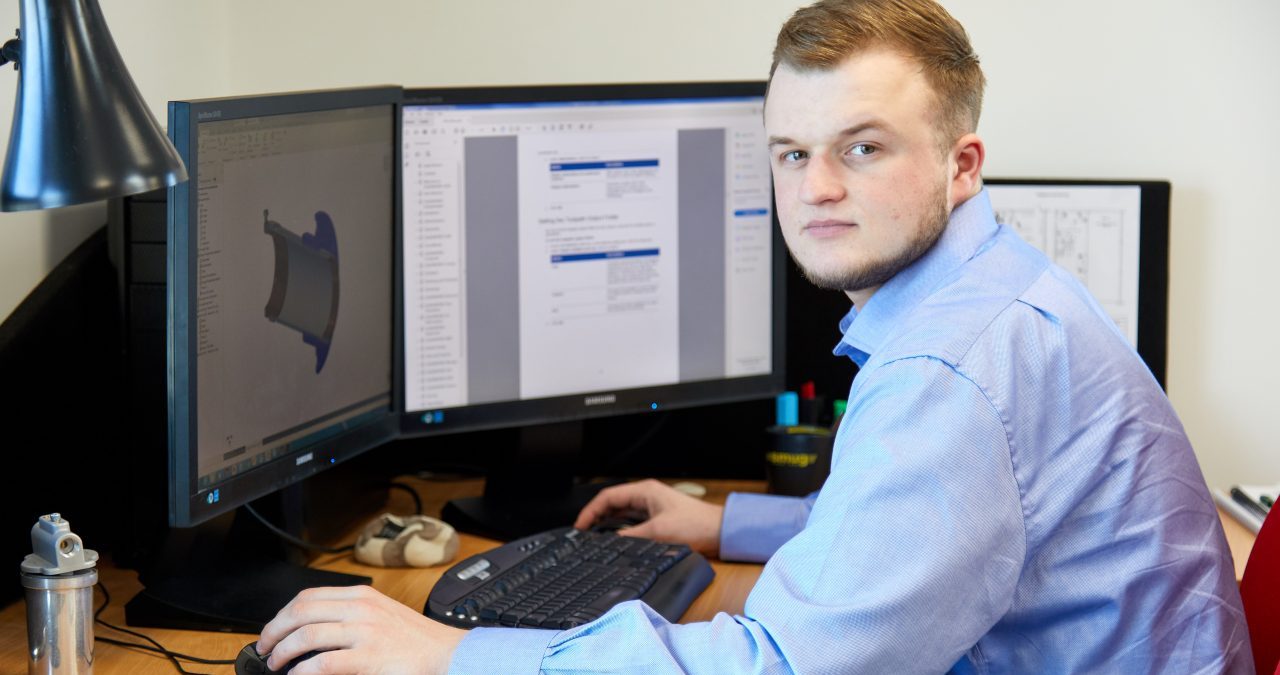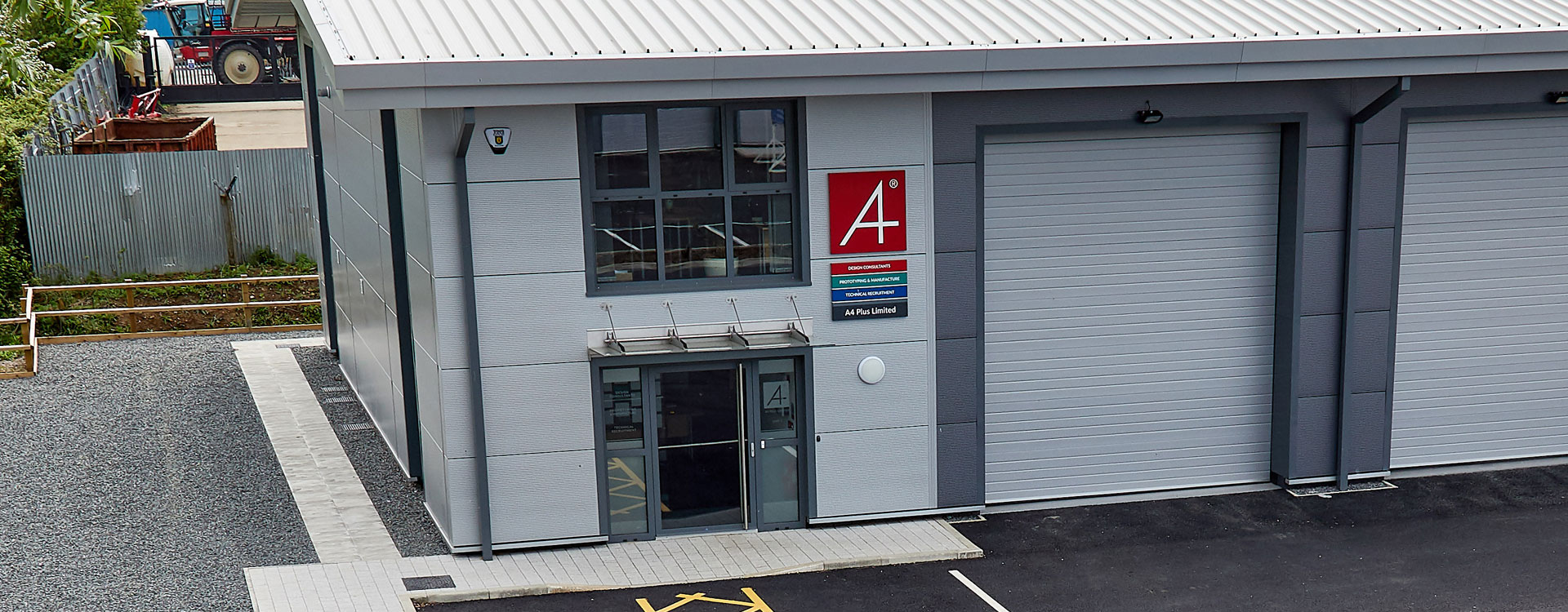

Why Your Business Needs Digital Prototyping
Digital prototyping is nothing new, granted, but until recently the costs associated with it have meant it was only an option for larger businesses. Well, that’s all changing.
Traditionally there have been two options when it comes to Digital Prototyping solutions. Larger companies have had expensive, customised installations. Smaller organisations have had to settle for out-of-the-box 3D modelling software that’s often only provided part of the functionality required to build and test a true digital prototype.
However, thanks to a combination of maturing technologies, improved capability and reduced technology costs, Digital Prototyping has become a reality for small-to-midsize businesses.
So, What Exactly is Digital Prototyping?
Simply put, Digital Prototyping allows you to explore a product or concept before it’s built.
It allows all the departments involved, from conceptual design through to engineering, manufacturing, and even the sales and marketing departments, to virtually explore a complete product – without building a thing.
Digital prototypes can help meet design objectives, identify potential flaws and help increase time to market. They can also be used to create photorealistic renderings and animations of products prior to manufacturing, which is extremely useful for the sales and marketing teams.
How Does Digital Prototyping Work?
A concept model is built to show every aspect in a 3D virtual environment. Real world physics are applied and the results are analysed to make predictions (such as; life expectancy, fatigue, stress, strain, flow etc) without having to manufacture any parts. It shows how every part of the design will work, and how they’ll interact with the other parts.
Digital Prototyping Workflow
Digital Prototyping changes the traditional product development cycle from:
Design > Build > Test > Fix to Design > Analyse > Test > Build
How Can Digital Prototyping Help My Business?
In a nutshell, digital prototyping lets you get your designs to market in less time while saving you money.
“One of the primary reasons manufacturers aim to capture more product information electronically is to digitally prototype their product. As a result, they can reduce physical prototyping and in turn, save time and development costs.” —Aberdeen Group
Testing your prototypes digitally allows you to avoid most of the costs linked to traditional prototyping.
Engineers can design, optimise, validate, and visualise products before any real-world prototypes are made, allowing you to find faults before the product is created. This saves on time, reduces costs and results in a faster turnaround time.
Companies who are already using digital prototyping have seen significant increases in productivity and profitability.
Research from the Aberdeen Group shows manufacturers that use Digital Prototyping:
- Build half the number of physical prototypes as the average manufacturer
- Get to market 58 days faster than average
- Experience 48 percent lower prototyping costs
(Aberdeen Group, “The Transition from 2D Drafting to 3D Modelling Benchmark Report,” September 2006.)
We’ve looked at Digital Prototyping Before and it’s not for us.
As we mentioned earlier in the article, 3D modelling in the early days was prohibitively expensive and complex for smaller companies. However the advances in the technology, combined with a lower price, have made it far more accessible for small and medium size companies.
Digital Prototyping Software v Experienced Engineer
Some clients have been reluctant to try digital prototyping as they’ve had poor experiences in the past. On further investigation, this has often been the result of other companies who offer this service not applying real-world physics correctly.
While there is digital prototyping software out there, we feel it’s vital to have an experienced engineer who is able to understand the mechanics of the problem and ensure:
- Correctly modelled parts for analysis
o Incorrect boundary conditions often set
o Constraints incorrectly defined
- Correctly meshed parts for analysis
- correctly applied load Boundary conditions and constrained.
How we can help:
Making the shift to digital prototyping is easier and more affordable than ever before. If you’re interested in finding out more about the many benefits of Digital Prototyping and how you could be using it to drive your business forward, please contact us today





